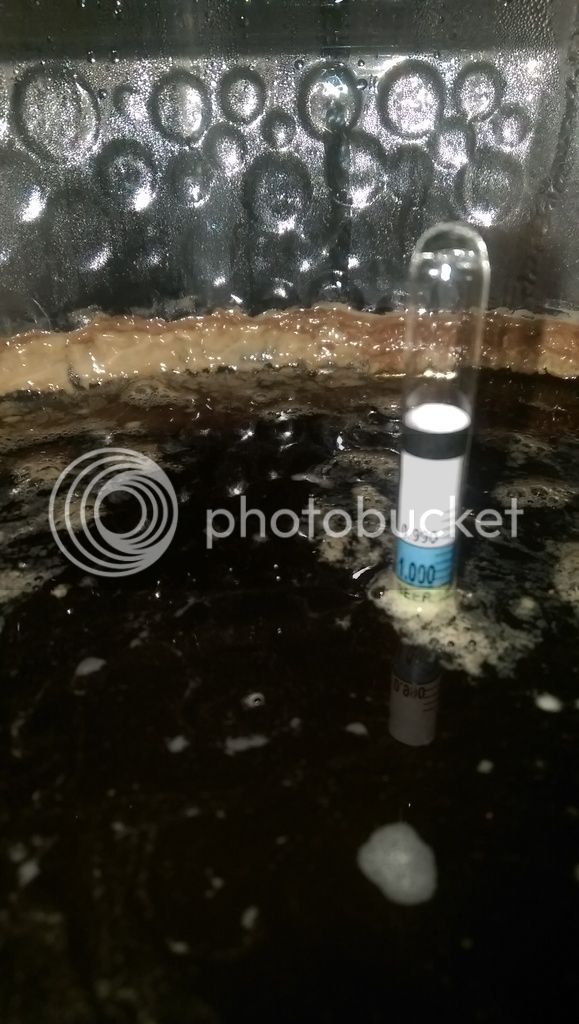FinchSCF
Active Member
- Joined
- Oct 23, 2013
- Messages
- 36
- Reaction score
- 3
For the last few batches, I've had only 1 of 6 batches NOT ferment down to 1.000. Obviously, this screams infection to me, there isn't any other explanation I can think of. This is with replacing fermenters, thieves, racking canes - aka all the plastic. Cleaned out my ferm chamber with bleach 3 times and everything. Multiple hydrometers, calibrated and everything.
Here's the odd part - I don't see taste degredation from it. Weeks out from being kegged, the beer is still solid. I've got an IPA that is dropping off on hop aroma, but at a normal rate, nothing is getting sour.
Anyone else experienced this or know what is up? Again, it seems obvious that there would be an infection, but the beer stays tasting great.
Here's the odd part - I don't see taste degredation from it. Weeks out from being kegged, the beer is still solid. I've got an IPA that is dropping off on hop aroma, but at a normal rate, nothing is getting sour.
Anyone else experienced this or know what is up? Again, it seems obvious that there would be an infection, but the beer stays tasting great.




